Osteomalacia
Table of Contents
Definition of Osteomalacia
Osteomalacia is the softening of the bones caused by impaired bone metabolism primarily due to inadequate levels of available phosphate, calcium, and vitamin D, or because of resorption of calcium. The impairment of bone metabolism causes inadequate bone mineralization.
Vitamin D and calcium supplements are measures that can be used to prevent and treat osteomalacia. Vitamin D should always be administered in conjunction with calcium supplementation (as the pair work together in the body) since most of the consequences of vitamin D deficiency are a result of impaired mineral ion homeostasis.
Vitamin D also helps maintain calcium and phosphate levels so your bones form properly. It’s made within the skin from exposure to ultraviolet (UV) rays in sunlight. It can also be absorbed from foods like dairy products and fish.
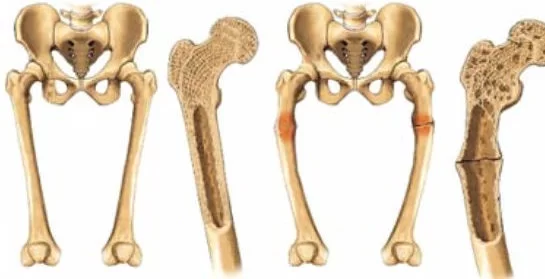
What are the causes of Osteomalacia?
The most common cause of osteomalacia is a deficiency of vitamin D, which is normally derived from sunlight exposure and, to a lesser extent, from the diet.
The most specific screening test for vitamin D deficiency in otherwise healthy individuals is a serum 25(OH)D level. Less common causes of osteomalacia can include hereditary deficiencies of vitamin D or phosphate (which would typically be identified in childhood) or malignancy.
The causes of adult osteomalacia are varied, but ultimately result in a vitamin D deficiency:
- Insufficient nutritional quantities or faulty metabolism of vitamin D or phosphorus
- Renal tubular acidosis
- Malnutrition during pregnancy
- Malabsorption syndrome
- Hypophosphatemia
- Chronic kidney failure
- Tumor-induced osteomalacia (Oncogenic osteomalacia)
- Long-term anti-convulsant therapy
- Celiac disease
- Cadmium poisoning, itai-itai disease
You may also have a problem absorbing vitamin D or breaking down food to release it if you’ve had surgery to remove parts of your stomach or small intestine.
Certain conditions can interfere with the absorption of vitamin D:
Celiac disease can damage the lining of your intestines and prevent the absorption of key nutrients like vitamin D.
Certain types of cancer can interfere with vitamin D processing.
Kidney and liver disorders can affect the metabolism of vitamin D.
Signs & Symptoms of Osteomalacia:

- Diffuse joint and bone pain (especially of the spine, pelvis, and legs)
- Muscle weakness
- Difficulty walking, often with a waddling gait
- Hypocalcemia
- Compressed vertebrae and diminished stature
- Pelvic flattening
- Weak, soft bones
- Easy fracturing
- Bending of bones
How is osteomalacia Diagnosed?
Biochemical findings :
Biochemical features are similar to those of rickets. The major factor is an abnormally low vitamin D concentration in blood serum. Major typical biochemical findings include:
- Low serum and urinary calcium
- Low serum phosphate, except in cases of renal osteodystrophy
- Elevated serum alkaline phosphatase (due to an increase in compensatory osteoblast activity)
- Elevated parathyroid hormone (due to low calcium)
Radiographic characteristics :
Radiological appearances include:
- Pseudofractures, also called Looser’s zones.
- Protrusio acetabuli, a hip joint disorder
DIFFERENTIAL DIAGNOSIS :
- Fibromyalgia
- Rheumatic diseases
- Muscular Dystrophy
Osteomalacia Treatment
Medical Management
If your doctor detects osteomalacia early, you may only need to take oral supplements of vitamin D, calcium, or phosphate. Foods with vitamin D include :
Vitamin d osteomalacia Diet
- Cereal
- Cheese
- Eggs
- Fish (tuna, salmon, swordfish, sardines)
- Liver
- Milk
- Orange juice (fortified with vitamin D)
- Yogurt
You may also need treatment if you have other underlying conditions that affect vitamin D metabolism. You need treatment for cirrhosis and kidney failure to reduce osteomalacia. you may need to spend some time outdoors in sunlight so your body can make enough vitamin D in your skin. To treat broken or deformed bones from osteomalacia, your doctor may give you a brace to wear. If the problem is severe, you may need surgery.
Supplementation Recommendations
Amounts vary depending on the cause of deficiency, severity, and physician preference for ramping dosage
Supplement dosages range from 800 to 1000 IU/d of vitamin D
Or less than 2000 IU/d to avoid toxicity for those 1 year and older
Physiotherapy Treatment
There are no direct Physiotherapy treatment interventions for osteomalacia. Patients will be referred to physiotherapy for treatment of impairments that may be a cause of Vitamin D deficiency such as decline in muscle strength, decline in physical functioning, or fall prevention.
The following Exercises are helpful –
- Muscle strengthening exercise
- Encourage the patient to do his/her activities on own
- Teach proper techniques to prevent falls and fracture
- Counseling of patient – to prevent/relieve depression, it is rare
- Ice Therapy for pain relief.
Prevention
Prevention of osteomalacia rests on having an adequate intake of vitamin D and calcium. Vitamin D3 Supplementation is often needed due to the scarcity of Vitamin D sources in the modern diet. Treat your underlying conditions like kidney failure properly. Talk to your doctor to create a perfect treatment plan.
FAQs
5 Main symptoms of osteomalacia are:
Bones and joints are painful.
weakness and soreness in the muscles, especially after activity.
Bones that are more at risk of breaking mainly in the foot, lower back, and hips.
A change in how you move, possibly with a waddle, and trouble walking.
muscular pain.
The most prevalent causes of osteomalacia are vitamin D insufficiency (typically caused by insufficient exposure to sunlight) and, less frequently, digestive or kidney disorders. Calcium absorption and preserving bone health depend on vitamin D.
Both osteoporosis and osteomalacia are metabolic bone disorders that reduce bone mass. Although the ratio of bone mineral to bone matrix is normal, osteoporosis causes a decrease in bone mass. Low levels of bone mineral to bone matrix are present in osteomalacia.) and by some medications, such as anti-seizure medications.
Osteomalacia, the adult form of rickets that results in soft bones, may typically be cured with proper supplementation. But before any bone pain and muscular weakness are alleviated, it could take several months. To stop the problem from reappearing, you should keep consistently taking vitamin D pills.

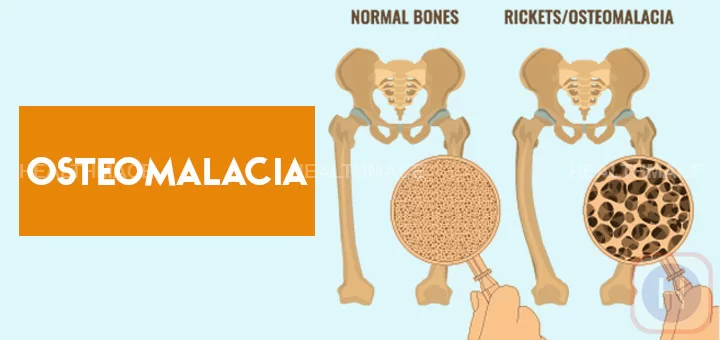
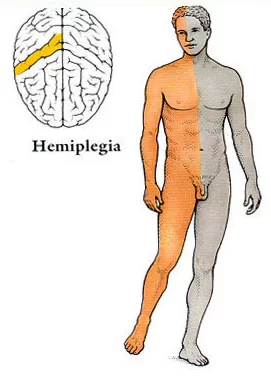
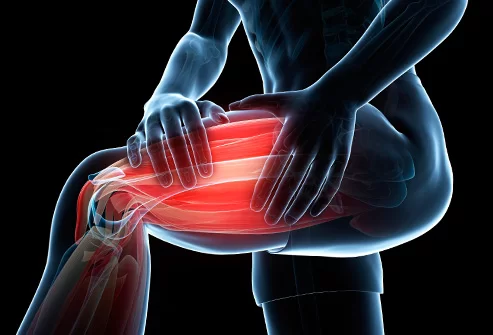
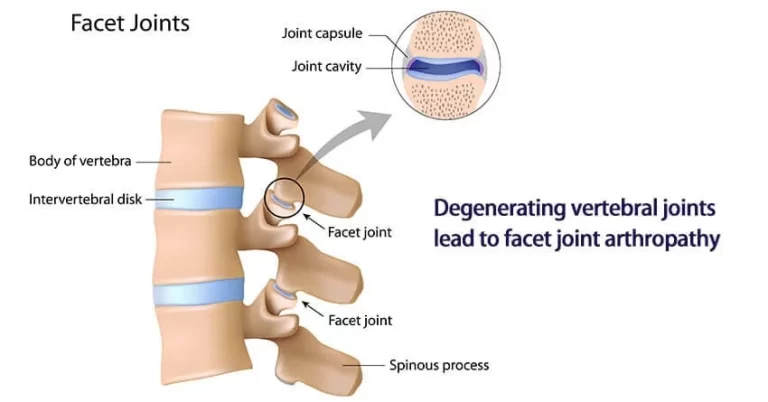
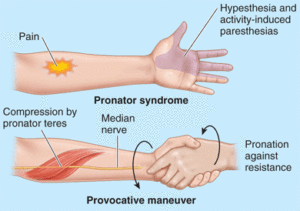
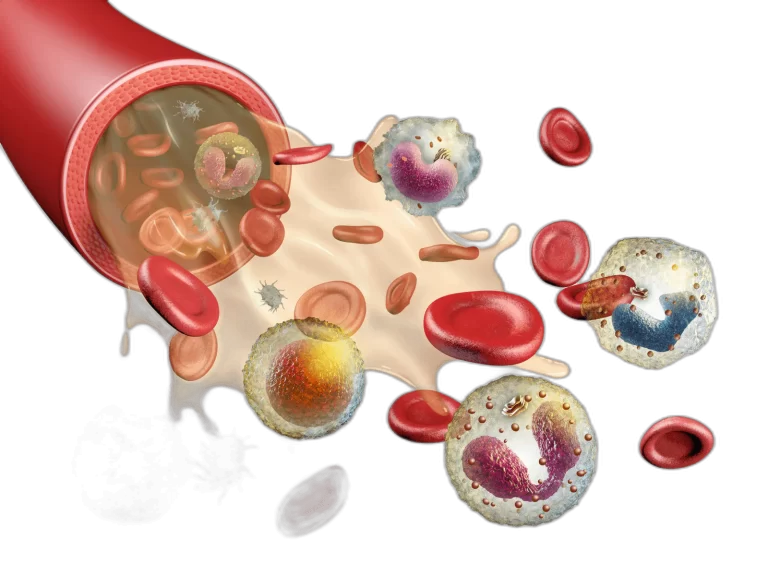
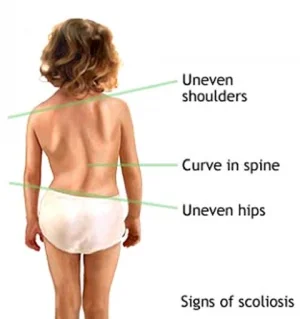
4 Comments